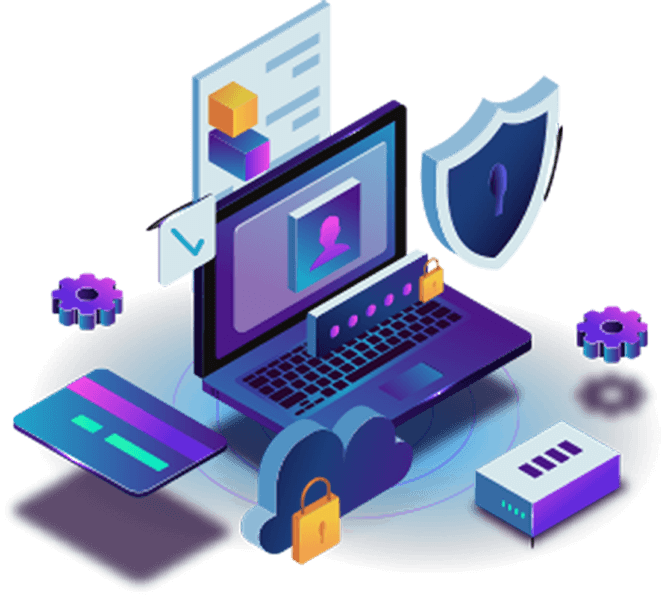Firewall and Malware Challenges for Virtualized Telecom Networks
As 5th generation telecommunication infrastructure continues to rollout in trial and steady-state phases globally, there has
Read MoreNetscan is a leading IT Security and Network services provider in Greece. Netscan’s clients understand that a true IT partner goes beyond the break/fix model and provides long-term solutions to business challenges and goals. With one of the highest client satisfaction rates in the industry and the data, referrals and accolades to prove it, Netscan builds lasting and trusted relationships.



Network Security is vital in protecting client data and information, keeping shared data secure and ensuring reliable access and network performance as well as protection from cyber threat.
Phishing is one of the most common ways by which criminals gain access to companies’ passwords and other security credentials. The criminal sends a fake email to trick employees.
Ransomware is malware designed to deny a user or organization access to files on their computer. By encrypting these files and demanding a ransom payment for the decryption key.

In an era when cybercrime and data breaches are more prevalent than ever, businesses can't afford to ignore data security. From phishing and ransomware attacks to careless password practices, there are countless ways for thieves to penetrate your company's digital walls and access sensitive information.


Industry-recognized solutions coupled with world-class research equals the adversary’s worst nightmare.
Layered security creates gaps that adversaries can exploit to compromise your organization. Threat Hunting Assessment validates security controls and reduces dwell time of an adversary in your environment.
Read MoreNetscan provides a comprehensive portfolio of penetration testing services to help you identify gaps and weaknesses before the threat actor does – no matter the source of the attack.
Read MoreCisco is the world’s best known vendor of network equipment. Their portfolio allows organizations of any size to take advantage of their security products, however, the Firepower platform is not straightforward to plan, design and operate.
Read MoreHands-down, the best way to raise awareness and fight cyber risks is by following a powerful security awareness e-learning course. And we know a thing or two about that.
Read More




Here are 10 steps to improve your security against cyber-attacks:
General security FAQs
Cybersecurity is a broad term that includes securing data and the technology systems responsible for moving, storing, and authenticating data. For businesses, cybersecurity encompasses the technology that’s in place to help keep your business safe, the people and processes that ensure your business stays safe, and the education to ensure your employees remain vigilant against potential cyberthreats.
A smart cybersecurity solution incorporates multiple layers of technology, processes, and education to help keep your business safe. Imagine it like stacking numerous layers of swiss cheese on top of each other. Alone, one layer has holes; however, you can cover up the gaps when you stack multiple layers on top of each other, making it more challenging to worm through the holes in the stack.
You may think that big businesses with more endpoints are more vulnerable than small businesses. Or, businesses with attractive data, like financial services companies or those in the healthcare industry, would be easy targets. That’s not always the case—of course, they hold an incredible amount of data, but it’s like trying to rob the Federal Reserve gold vault versus robbing a regular Joe on the street. Bigger businesses or those that handle sensitive data typically have the technology, regulations, and processes to protect themselves from cyberattacks.
On the other hand, small and medium-sized businesses without dedicated IT expertise, cybersecurity technology, processes, or education are easy targets for hackers.
In most cases, the simple answer is no.
Cybersecurity requires consistent education, company-wide processes, and executive-level commitment. Generally, there needs to be more awareness surrounding how quickly hackers can initiate a cyberattack, how quickly cyberattacks evolve, and how businesses need multiple layers of cybersecurity to protect themselves—especially in modern workplace environments where employees are working remotely and sharing a ton of important data via digital communication channels.
Common examples of computer viruses include resident viruses, multipartite viruses, direct actions, browser hijackers, overwrite viruses, web scripting viruses, file injectors, network viruses, and boot sector viruses.

News and Articles

As 5th generation telecommunication infrastructure continues to rollout in trial and steady-state phases globally, there has
Read MoreCopyright @2022 netscan.gr. All Rights Reserved.